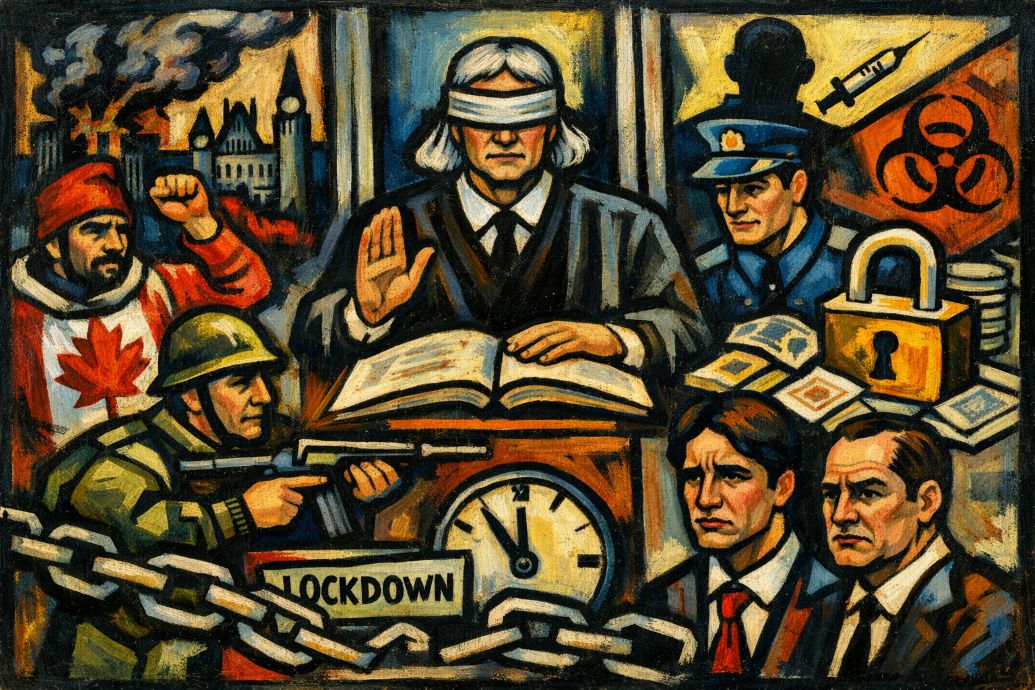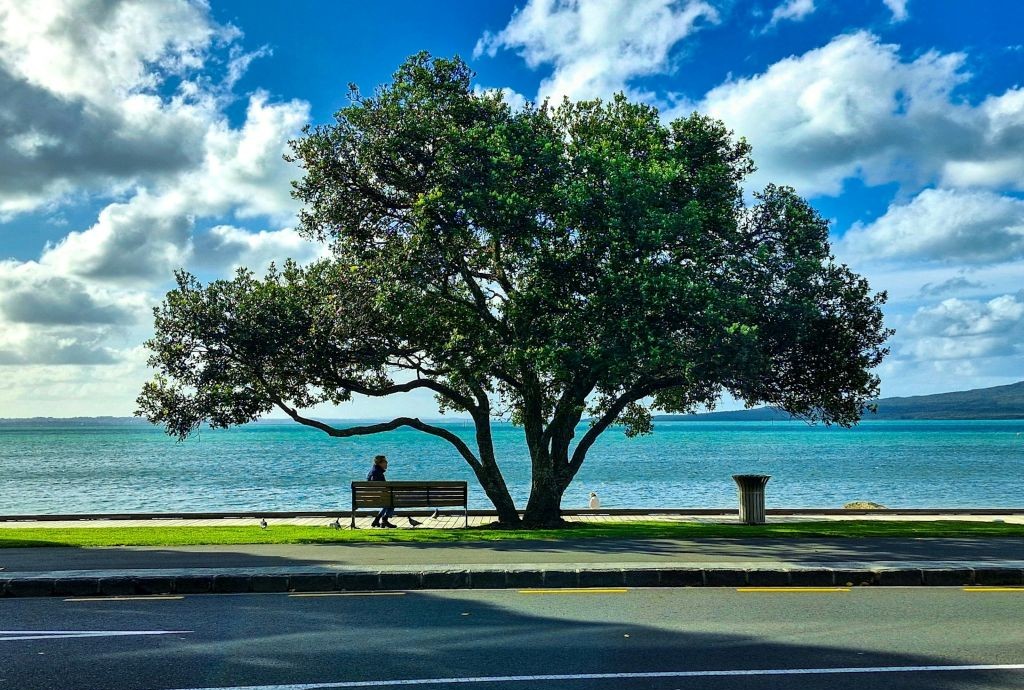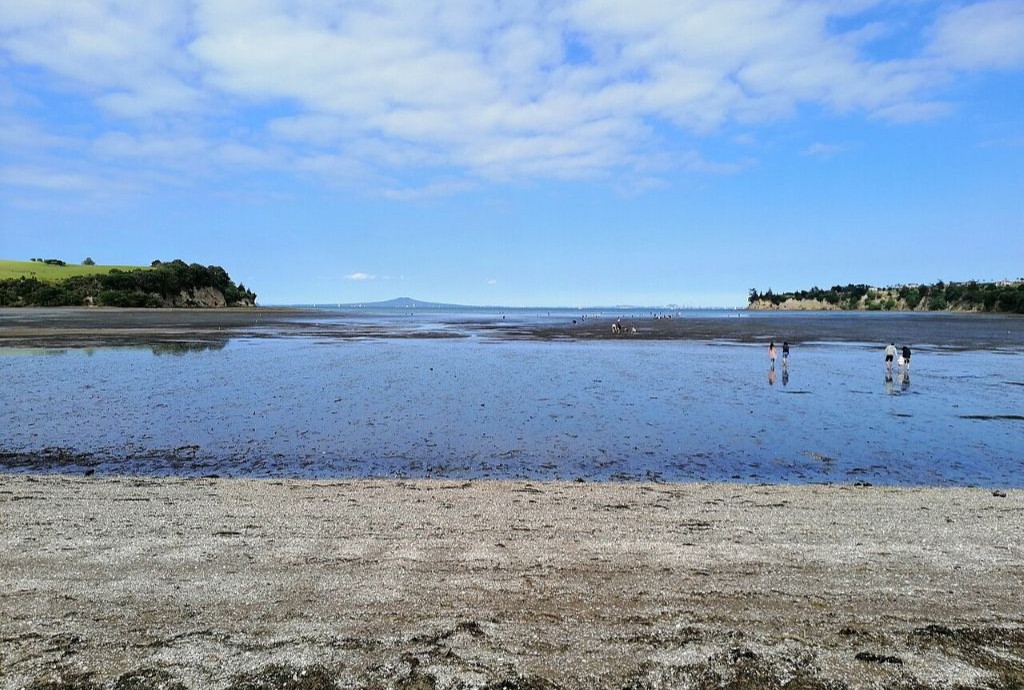Table of Contents
31st March 2021
The protests and the slaughter continues. The type of weapons being deployed escalates as seen in the video clip below. Taken in South Dagon, Yangon, a poor suburb.


In further news today, the CPRH (various representatives of the NLD and other elected personnel) rescinded the 2008 constitution that was put together by the Tatmadaw. This was done under the auspices of the new Federal United States of Myanmar, virtually a government in hiding.
Almost immediately afterwards 21 truckloads of security forces went on the road to Bagan-Nyaung U. Bagan is a World Heritage site and major tourist centre. This does not look good if they want to welcome tourists back in the future and they damage the pagodas and temples.

After two months the blame game has started, and analysts are trying to understand how the coup got off the ground.
As usual, the Irrawaddy carries the best analysis.
The bloodshed in Myanmar continues unabated with the casualties reaching over 500 deaths as of last week. The imposition of martial law in various parts of the country remains intact. The Committee Regsu Hluttaw (CRPH)—the self-proclaimed “shadow government” of Myanmar—wants to arm itself to defend the planned provisional government. Global condemnation has been loud and widespread. The endgame is likely to be a war of attrition between the civil disobedience movement, the military, and all the stakeholders, both inside and outside of this Golden Land. For those who know Myanmar’s history, it is a case of back to the future, only this time it is bleaker and more unpredictable.
Sad as it is, the singular question needs to be asked: Why does Myanmar find itself in this black hole? Who failed Myanmar? Frankly, the answer is quite simple—everyone who is involved, directly and indirectly.
While the international community, especially the UN, has been ferocious in its condemnation of the atrocities committed by the Myanmar military (or Tatmadaw) since its power seizure on Feb. 1, it has been completely forgotten that this horrible situation was not only of the Tatmadaw’s making. It takes two to tango; in this case, the National League for Democracy (NLD) and the Tatmadaw locked horns, leading to a breakdown. Indeed, the positions and personalities of those institutions’ leaders—Daw Aung San Sun Kyi and Senior General Min Aung Hlaing—and their perceptions of one another, must be factored in.
The Tatmadaw has sought to maintain what it sees as its political legitimacy throughout Myanmar’s nascent experiment with parliamentary democracy, as stipulated in the 2008 Constitution. The NLD, meanwhile, emboldened by its overwhelming poll victory in November, believed falsely that it could govern Myanmar solely and proceed with long-delayed constitutional amendments to reduce and eventually eliminate the military from the political arena—perhaps for good.
As widely reported, the negotiations between the NLD and the Tatmadaw on Jan. 26 over the latter’s request that the Union Election Commission investigate its allegation of election fraud were tense but seemed headed for a mutual agreement. Less than 40 hours later, however, the talks broke down irreparably. The military takeover that followed was not a total shock given the rumours that swirled in the week prior.
The military misjudged and underestimated the level and intensity of the aversion of the public to the return of military rule. Street protests started off as civil disobedience, receiving support both moral and monetary from across the border and elsewhere. The three-finger salute made trendy by Thai student protesters became a symbol of defiance at Myanmar people’s protests against the Tatmadaw.
The West immediately jumped in, but at the same time did not want to get its feet wet. Its supported and urged ASEAN to pressure Myanmar to roll back the takeover and return to the pre-Feb. 1 status quo. Easier said than done.
Although ASEAN has a proud 54-year history of handling numerous crises within the bloc, the current Myanmar crisis was unexpected, especially with governments distracted by efforts to contain the coronavirus—as was ASEAN members’ failure to reach a consensus on what to do with Myanmar. It is the first time ASEAN has broken its own cardinal rule of non-interference in the internal affairs of other ASEAN members. Indonesia, Singapore and Malaysia openly and muscularly opposed the Tatmadaw government, while the rest of the bloc adopted a milder response.
This time around, if the Myanmar military was expecting ASEAN to provide a safe space for them to try to work with the international community, their hopes have been dashed by the past two months and its reign of terror. The Tatmadaw said it was the servant of the people and would “safeguard democracy”. But its current cruelty speaks volumes about its intentions and has further inculcated hatred towards it among the population.
The junta can survive the targeted international sanctions but it will be difficult for it to coexist with its neighbors, which could lead to its self-imposed isolation. Either way, it’s a lose-lose proposition. Now, the only way for the junta to get out of its current conundrum is to engage and respond in concrete ways with the demands put out by the ASEAN chair and individual members thereafter. Most importantly, the killing must stop immediately and a dialog process should kick off.
Indonesian President Joko “Jokowi” Widodo has already proposed a high-level meeting of ASEAN leaders on the Myanmar crisis. So far, Malaysia, Singapore and the Philippines have responded positively to his overture. Other leaders have not yet replied. It is now up to the chair, Sultan Hassanal Bokiah of Brunei, whether to call for such a leaders’ meeting, which would be unprecedented within the context of an internal issue of a member state.
Meanwhile, the NLD resistance has gained momentum with its attempts to establish a “shadow government”, the CRPH. The remarks of the Myanmar Permanent Representative to the UN, who held up three fingers while he spoke, let the world know that the NLD was the legitimate government of Myanmar. Some hasty makeshift arrangements were made by some powerful friends to make the CRPH a credible entity. Overnight, the CRPH went from nowhere to having an office in Maryland in the US.
Amidst the clueless international efforts to condemn and punish the Tatmadaw, the brave street protests in Myanmar have grown larger and more widespread. It was only in the last few days that the numbers dwindled somewhat. The Tatmadaw felt they had to put down the unrest quickly before armed minority groups join the fray and more money from overseas flows into Myanmar to fuel the protests.
In handling Myanmar, its long history must be heeded. All concerned players must come to terms with the following realities:
The Tatmadaw will not allow itself to be written off, as the colonial power did to it. It has taken the army several decades to rebuild itself to deal with external aggression and 135 minority groups, 18 of them fully armed, not to mention thousands of militias. The army perceives itself as the protector of the nation.
Those who know Myanmar will be aware that the people are headstrong, unyielding and keep their word. The Tatmadaw has already laid out a five-step plan to hold an election within this year. This pledge must be kept.
It is reasonable to believe that the NLD and its leader Daw Aung San Suu Kyi will not be participating in the next election in the same shape or form as the last one.
China will wisely avoid being drawn into the Myanmar political and security quagmire. It will do just enough to maintain relations with the Tatmadaw to protect its interests—no more, no less.
The West is the biggest question mark. It must understand more of the country, its history as well as the social, psychological and cultural contexts of Myanmar. If it insists on imposing its Western values and standards on this highly complex society, and decides to adopt its familiar modus operandi, as it did in Iraq, Libya, Syria, etc., not only the West, but the world will lose Myanmar.
The most worrying ASEAN member is Thailand. With a 2,401-km-long border with Myanmar and intertwined trade, commerce and labor sectors, the ramifications of the protracted conflicts in Myanmar will be far-reaching and multifaceted for Thailand’s economy, politics and security. Bangkok is worried about the prospect of an influx of refugees from Myanmar.
Source the Irrawaddy 31st March 2021.
This is a very solid analysis but ignores one very simple fact. General Min Aung Hlaing was due to retire in August 2021 and return to civilian life. This would have exposed him to charges of corruption once the protection of the Army was removed and would allow the prospects of constitutional reform to diminish the control of the Military. The coup pre-empts all that.
Please share this article so that others can discover The BFD









